Railroads’ intermodal service is the best it’s ever been, J.B. Hunt executives said during the company’s first-quarter earnings call on Tuesday.
Darren Field, president of J.B. Hunt’s intermodal division, said lower volumes and new operating plans at its railroad partners have improved intermodal on-time performance. “It is my belief right now that rail is the best we have ever experienced,” Field told investors and analysts.
J.B. Hunt’s intermodal volume was up 7% in the first quarter. Volume grew 11% in its transcontinental segment, which includes boxes moved on BNSF Railway. The company’s intermodal volume in the East was up 1%. Norfolk Southern is J.B. Hunt’s primary partner in the East, although CSX Transportation also handles Hunt containers to some locations.
Kansas City Southern and Canadian National trains also haul J.B. Hunt containers to Mexico and Canada, respectively.
There’s too much uncertainty surrounding the impact of the coronavirus pandemic to know precisely how much intermodal volumes will fall over the next few months or when they might recover, J.B. Hunt executives said.
But Field says he expects a sharp decline in the second quarter. “And just my opinion and my opinion alone … I would expect that the volumes in intermodal to be in the double-digit negative for the quarter,” he says.
In the week ending April 4, overall intermodal volume was down nearly 16%, according to the Association of American Railroads.





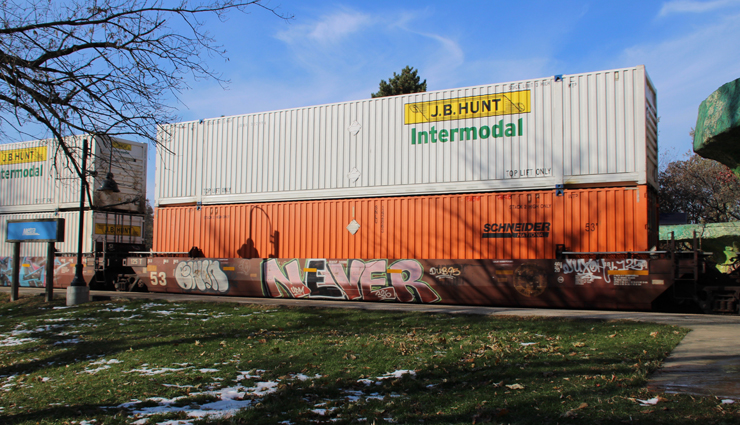

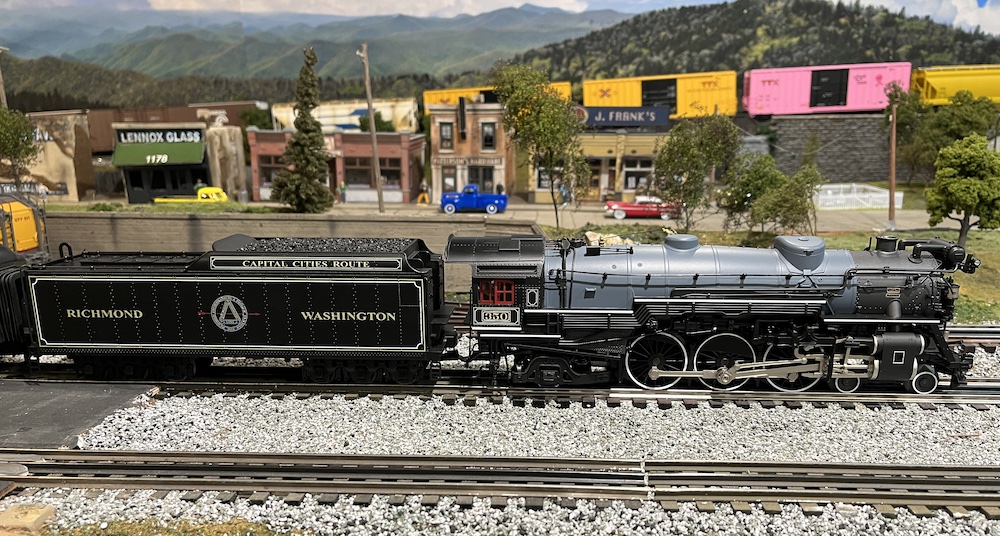
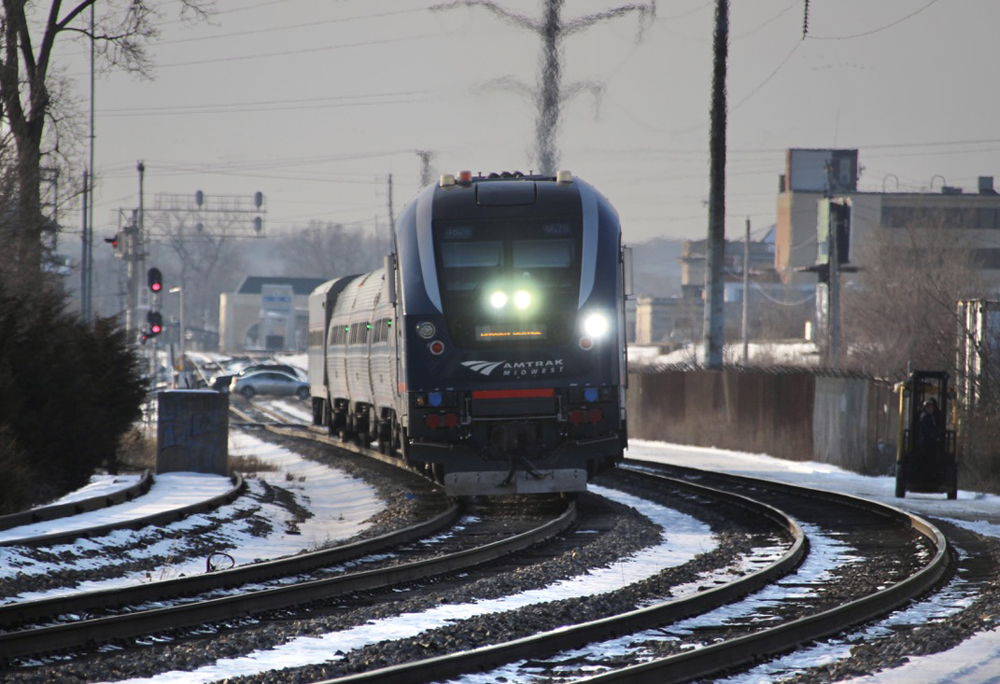
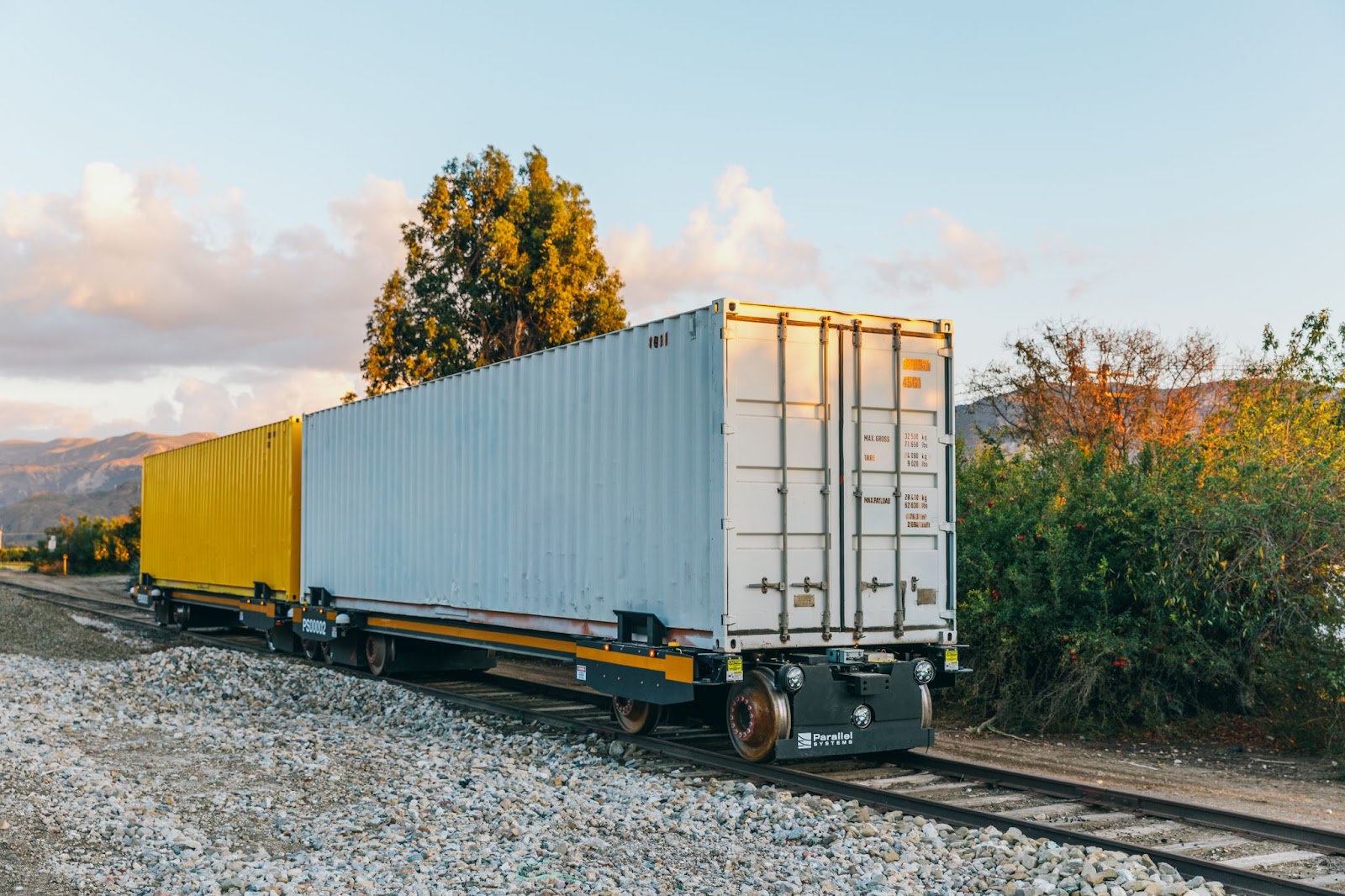
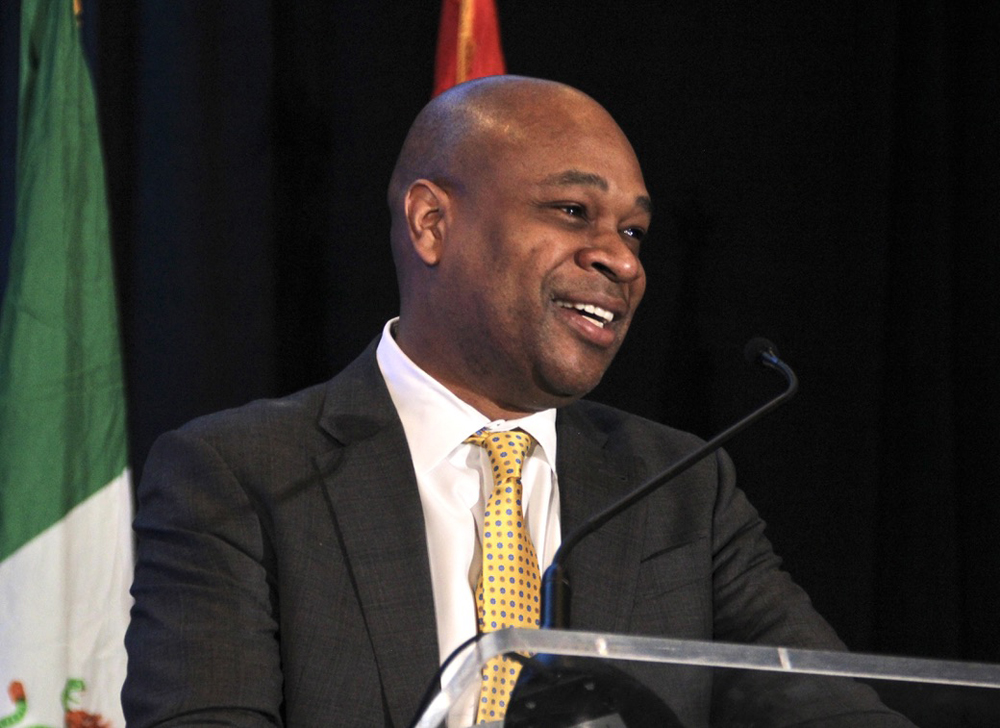




A couple of things to keep in mind about this are the capital intensive and technology durable aspects. A locomotive generally has a useful llife of 15 years before retirement/re-build; a freight car, depending on expected service, usually lasts 15-20 years. The technology of today has to be back compatible and forward compatible by similar amounts. The utility of the rolling stock has to be at a level that permits capital recapture (after inflation) plus interest on the initial cost. If these conditions are not met, a carrier is effectively operating in the red irrespective of what the green eyeshade crew declare. Of course, the fixed assets, many of which are nearing the end of their life, mjust be figured in.
@Braden Kayganich: This comment tells me that the current US rail network in its current form is oversubscribed. With excess capital being used to prop up the stock price instead of strategic investment in rail capacity (except BNSF). This means the movement to trucks isn’t about unprofitable service, its about the lack of will to invest capital in less profitable markets. So they focus on “core” A to B transport where returns on capex meet an artificial (and excessive) high rate of return.
I will be interested in knowing in a post PTC world, how much the Class 1’s will invest in improving flow and capacity. Outside of BNSF, my impression is all the capex is being spent on simply maintaining a static level of service, which is clearly not enough.
When the economy returns, the issues JB Hunt are not seeing today will most definitely return.
This is a sad comment..
“Darren Field, president of J.B. Hunt’s intermodal division, said lower volumes and new operating plans at its railroad partners have improved intermodal on-time performance. “It is my belief right now that rail is the best we have ever experienced.”
Volume has to be at all time lows in order for the Class 1’s to improve on-time service.. If this doesn’t tell you about the state of performance commitments the RR’s have with their customers.. I don’t know what does..
So, Braden Kayganich deserves a big cheer for being “on-topic” as opposed to those (you know who your’re guilty) ranters.
Since this concentrated on domestic intermodal (a very different beast from international no matter how you look at it, cost, price or service requirements), I’d say that margins will always be thin because OTR sets the price ceiling. So that excessive high rate of return doesn’t exist for it.
So to me this is encouraging but might reflect BNSF’s (and to a somewhat lesser extent NS’s greater focus on domestic IM.
I’d love to hear what for example Hub Group says about rail performance. Or Schneider (also BNSF-centric in the West, but with more CSX partnerships in the east compared to Hunt.
Or UPS, FedEx, Amazon where “premium” O/D trip time might be more important than it is for Hunt, Schneider or Hub. But of course schedule reliability is paramount for domestic IM success for all of these customers. And PSR+downturn fewer train starts help with this metric (but land barges reducing meet locations, tying up terminal approaches and dying on the law for recrews don’t help. Less of a problem on the BNSF Southern Transcon or NS Chocago-Harrisburg though and that may skew the Hunt numbers in the +’direction.